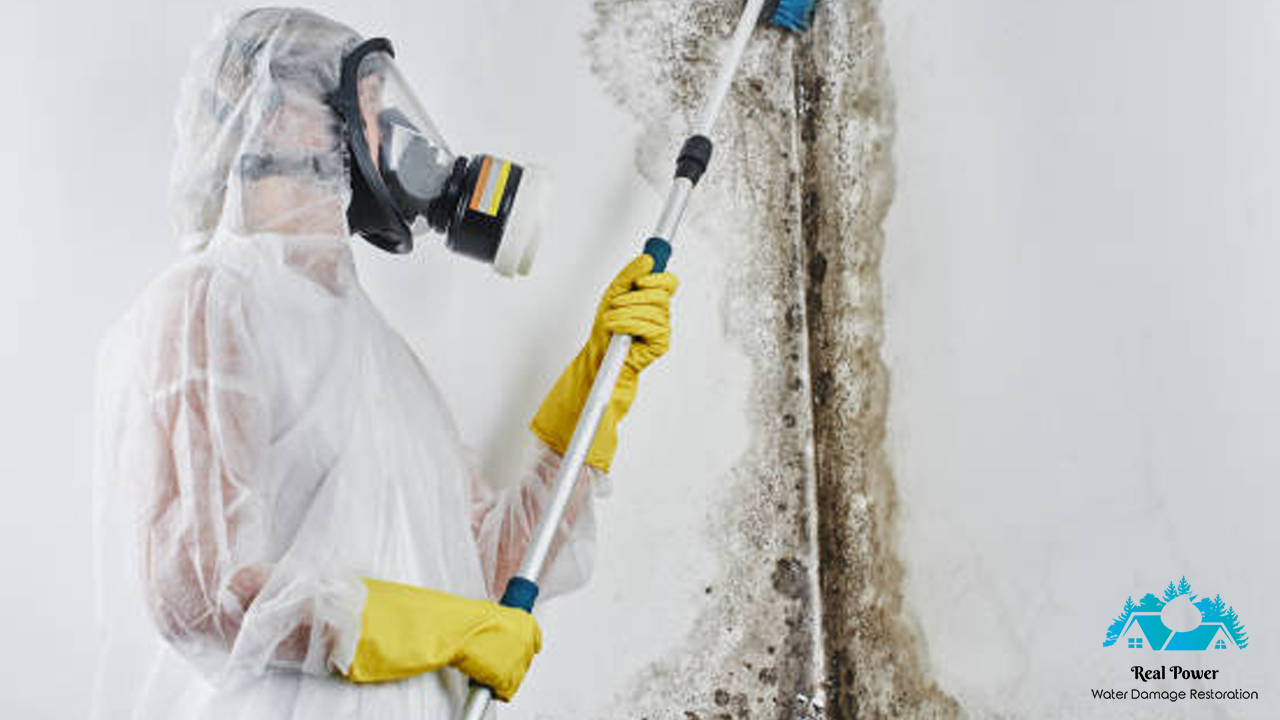Discovering mold in your home can be a cause for concern. Promptly addressing mold growth is essential to protect your health and prevent further damage. When it comes to mold removal, you have two options: tackling it yourself with a DIY approach or hiring professionals. Understanding the pros and cons of each approach will help you make an informed decision.
DIY mold removal can be a viable option for small, localized mold problems. If the affected area is less than 10 square feet and the mold is on non-porous surfaces like tiles or glass, you may be able to handle it yourself. DIY methods often involve using household cleaning products, such as bleach or vinegar, to scrub away visible mold growth.
One of the advantages of DIY mold removal is cost-effectiveness. You can save money by purchasing cleaning supplies and investing your own time and effort. Additionally, DIY methods allow you to have more control over the process and schedule the remediation at your convenience.
However, it's important to consider the limitations of DIY mold removal. Mold growth can often be hidden behind walls, under flooring, or in other hard-to-reach areas. DIY methods may not effectively address these hidden mold sources, leading to incomplete removal and potential regrowth.
Furthermore, DIY mold removal can pose health risks if not done correctly. Disturbing mold without proper precautions can release mold spores into the air, increasing the risk of respiratory problems and allergic reactions. It's crucial to wear protective gear, such as gloves, goggles, and a respirator, and to follow proper containment and disposal protocols.
Hiring professionals for mold removal offers several advantages. Certified mold remediation experts have the necessary knowledge, experience, and specialized equipment to handle mold problems effectively. They can identify hidden mold sources, assess the extent of the damage, and develop a comprehensive remediation plan.
Professional mold removal services ensure thorough and complete removal of mold, minimizing the risk of regrowth. They employ advanced techniques, such as air filtration and containment systems, to prevent the spread of mold spores during the removal process. Professionals also have access to commercial-grade mold-killing products that are more effective than household cleaners.
Additionally, hiring professionals for mold removal provides peace of mind. You can trust that the job will be done safely and efficiently, minimizing health risks and ensuring the long-term success of mold remediation. Professional services often come with warranties or guarantees, giving you added assurance.
It's important to note that professional mold removal services can be more expensive than DIY methods. The cost will depend on the size of the affected area and the complexity of the remediation process. However, the investment is worthwhile when dealing with extensive mold growth, recurring mold problems, or when health concerns are involved.
In conclusion, the choice between DIY mold removal and hiring professionals depends on the size and severity of the mold problem, your level of expertise, and your comfort with handling potential health risks. While small, isolated mold issues may be manageable with DIY methods, larger or recurring problems, or those involving hidden mold sources, are best left to professionals. Prioritize your safety and the effectiveness of mold removal to create a safe and mold-free living environment.
While you are at, also take a look at: Effective Mold Removal Techniques: Tips and Tricks for a Mold-Free Home

Comments
Post a Comment